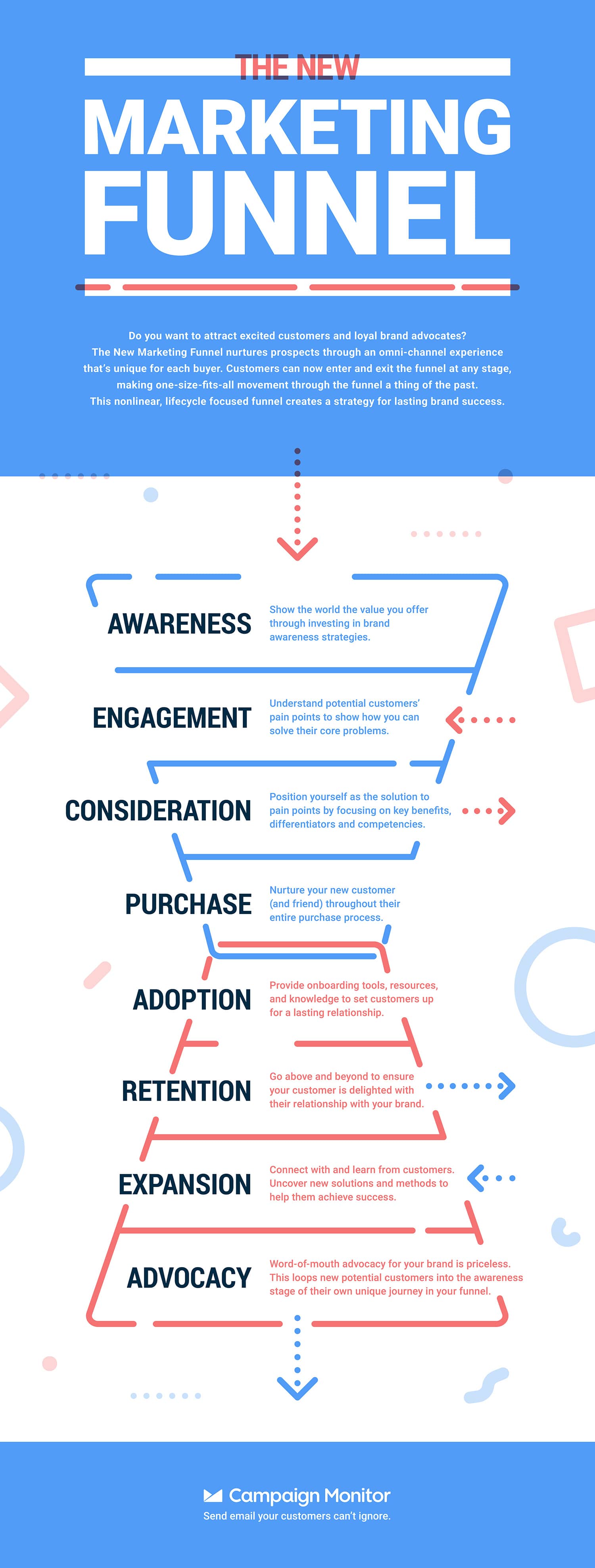
The marketing funnel is a concept that every business owner and marketer should understand. It is a model that represents the customer journey from awareness to purchase and beyond. By understanding how the marketing funnel works, businesses can strategically guide potential customers through each stage and increase conversions and revenue.
The marketing funnel is divided into five main stages: awareness, interest, consideration, intent, and purchase. In the awareness stage, potential customers become aware of your brand, product, or service. This can happen through various channels such as social media, search engines, or word-of-mouth referrals. The goal in this stage is to attract as many potential customers as possible and make them aware of your offerings.
Once potential customers are aware of your brand, they move to the interest stage. Here, they show a genuine interest in your product or service and actively seek more information. They may visit your website, read blog posts, watch videos, or sign up for newsletters. In this stage, it is important to provide valuable content that educates and engages potential customers, building their interest and trust in your brand.
The consideration stage is where potential customers evaluate your offerings and compare them to those of your competitors. They may read reviews, compare prices, or request demos. This is a critical stage where you need to showcase the unique value proposition of your product or service and address any concerns or objections potential customers may have.
At the intent stage, potential customers have made the decision to purchase and are ready to take action. They may add items to their cart, request a quote, or sign up for a free trial. The goal in this stage is to make the purchase process as smooth and seamless as possible, removing any barriers that may prevent potential customers from completing the transaction.
The final stage of the marketing funnel is the purchase stage. This is where potential customers become paying customers. However, the marketing funnel doesn’t end here. It is important to continue nurturing the customer relationship to encourage repeat purchases and referrals.
To optimize your marketing funnel, there are several tips you can follow for each stage. In the awareness stage, focus on building a strong online presence and reaching a wider audience through SEO techniques and targeted advertising campaigns. In the interest stage, provide valuable and relevant content to capture potential customers’ attention and collect email addresses through lead magnets. In the consideration stage, showcase the unique benefits and features of your product or service and build trust through case studies and testimonials. In the intent stage, make the purchase process as seamless as possible and use retargeting ads to remind potential customers of their intent to purchase. After the purchase, continue nurturing the customer relationship through personalized thank-you emails, exclusive discounts, and feedback requests.
In conclusion, the marketing funnel is a powerful tool that helps businesses understand and optimize the customer journey. By strategically guiding potential customers through each stage of the funnel, businesses can increase conversions, build customer loyalty, and drive revenue. It is important to continuously analyze and refine your marketing funnel to adapt to changing customer behaviors and preferences.
